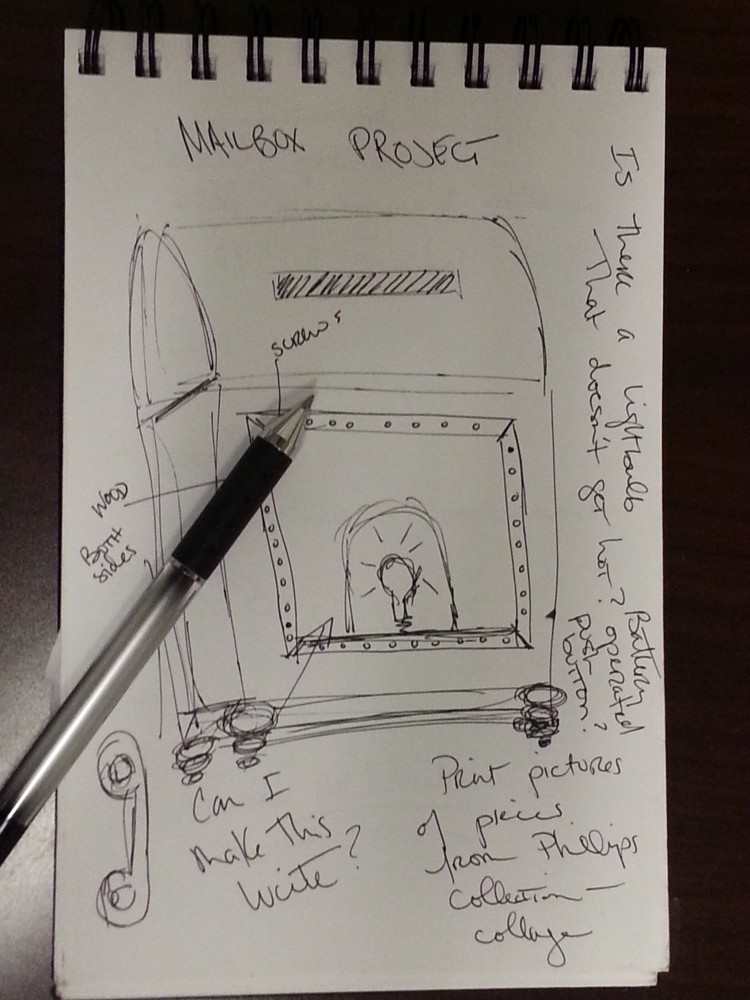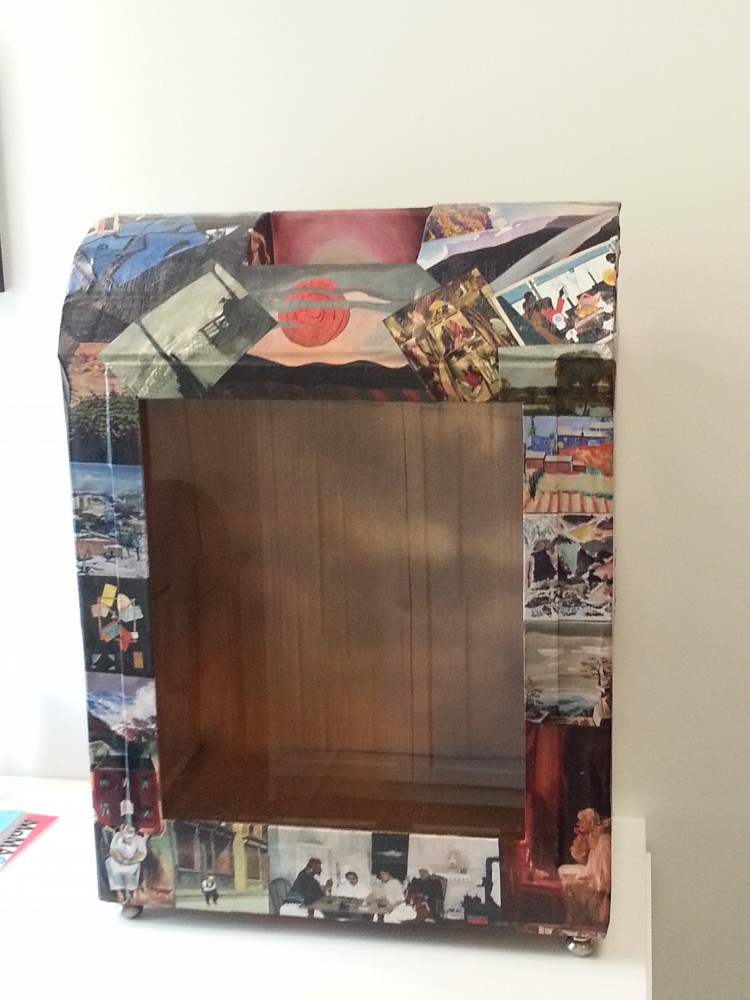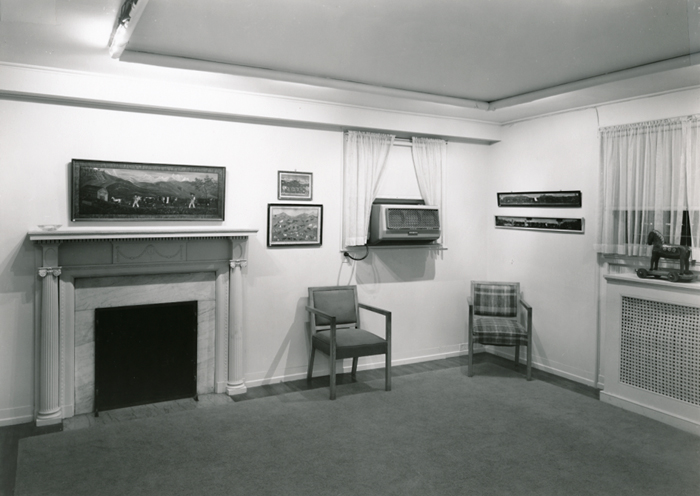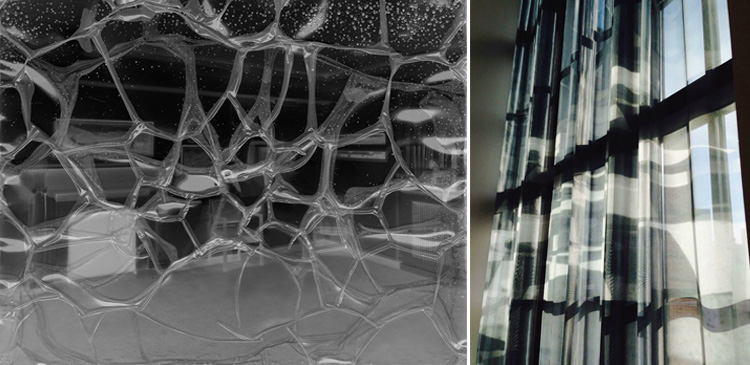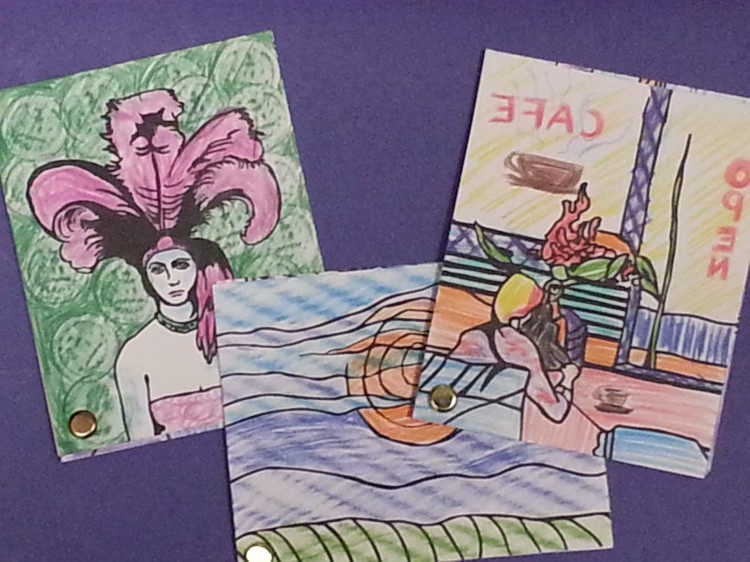
One of the art workshops at the festival will be #MyAmericanArt postcards. Families can create and share their own American masterpieces and send them to someone special. Photo: Racquel Keller
I have been spending the last few months as an intern in the Education Department. It is an exciting time to be a part of the team since they are in the midst of gearing up for this year’s Jazz ‘n Families Fun Days. At the event, participants can create American art-inspired postcards, and we really wanted something cool to get them excited about mailing them. As a result, I was asked to design a custom mailbox! This was right up my alley because as an artist I build assemblages out of found pieces.
The things I wanted to take into consideration were that it should be kid-friendly, fun, largely made of recycled materials, and be something that The Phillips Collection would be proud to have on-site…for however brief a period!
Be on the lookout for the mailbox at Jazz n’ Families Fun Days on June 7 & 8. Come on down to the art workshop, make a postcard of your own, and drop it in the box.
Below is a look at my process and the finished mailbox.
Racquel Keller, Education Intern and Museum Shop Supervisor
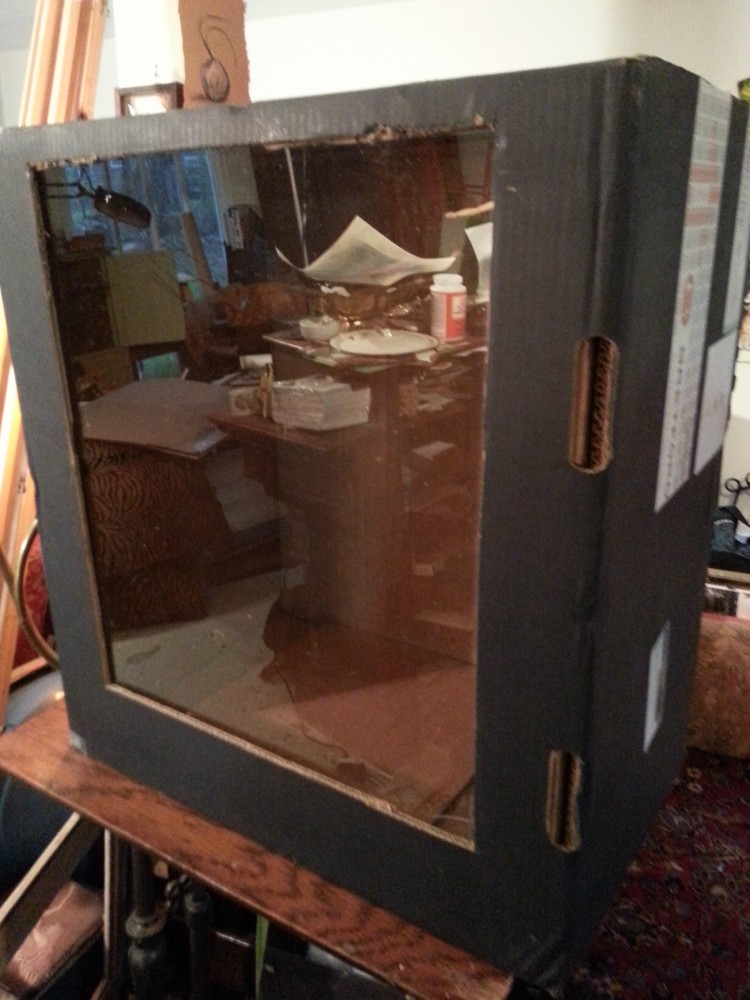
Found a great big box in the Education offices and went on a little trip to Community Forklift hunting for bits and bobs. I found a few odds and ends there, including this great piece of recycled Plexiglass. Plexiglass was key because I really want the kids to see where their mail was going! Photo: Racquel Keller

